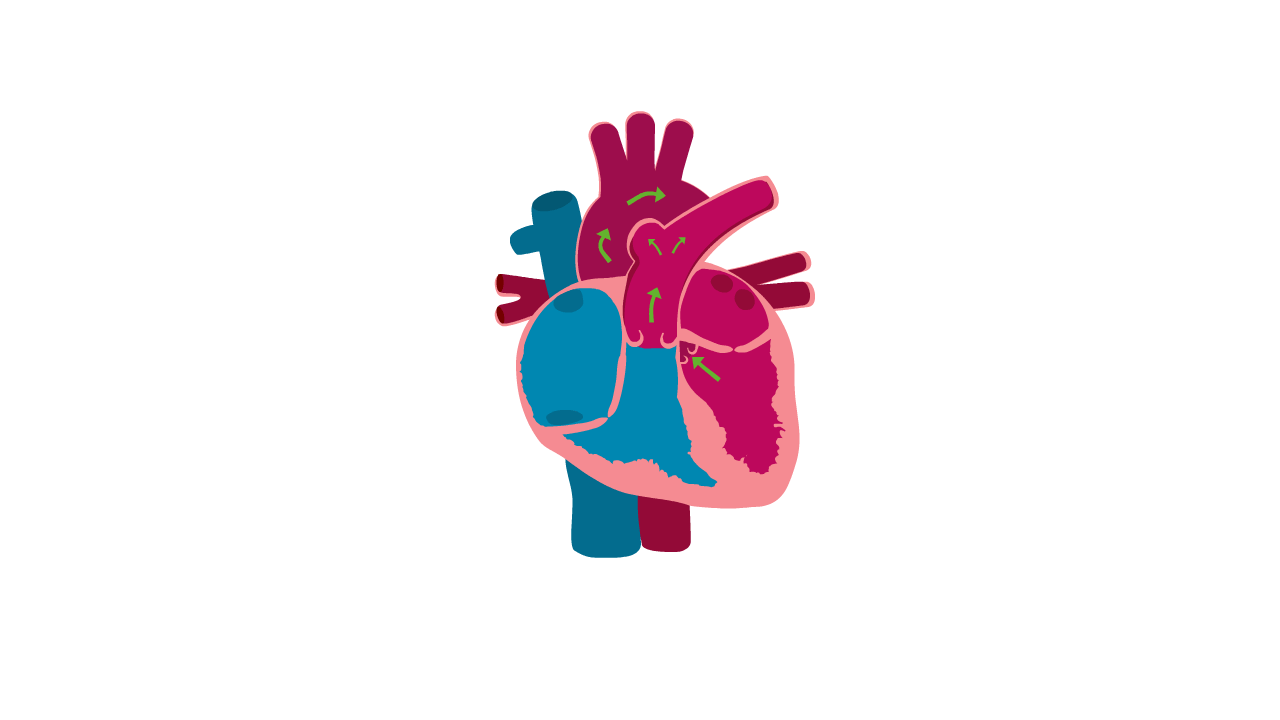Cardiomyopathy is a disease of the heart muscle: 'cardio’ means heart, ‘myo’ means muscle and ‘pathy’ means disease.
It isn’t a single condition, but a group of conditions that affect the structure of the heart and reduce its ability to pump blood around the body. Around 1 in 250 people in the UK are affected.
How does the heart work?
The average adult heart is around 12cm long and beats around 70 times each minute, pumping over 7,000 litres of blood per day.
The heart is at the centre of the body's circulatory system. It is a vital system that delivers oxygen and nutrients via blood cells, and removes carbon dioxide from the blood. The heart is a muscular pump that circulates blood through blood vessels by rhythmically contracting and relaxing. The heart sits in a cavity behind the sternum (breastbone).
The heart needs a supply of oxygen and glucose to work. This is provided by blood carried to the heart by coronary arteries which lie on the outer surface of the heart and away from the heart by cardiac veins.
Watch the heart in action- the green arrows show blood flow through the heart:

The heart is made up of four chambers; two on the right and two on the left. Although they work in time with each other, the two sides are separated by a muscular wall called the septum.
The upper chambers are the right and left atria. Their muscle walls are thin and elastic, and they collect blood coming into the heart. The lower chambers are the right and left ventricles, a thicker muscle which receives blood from the atria above.